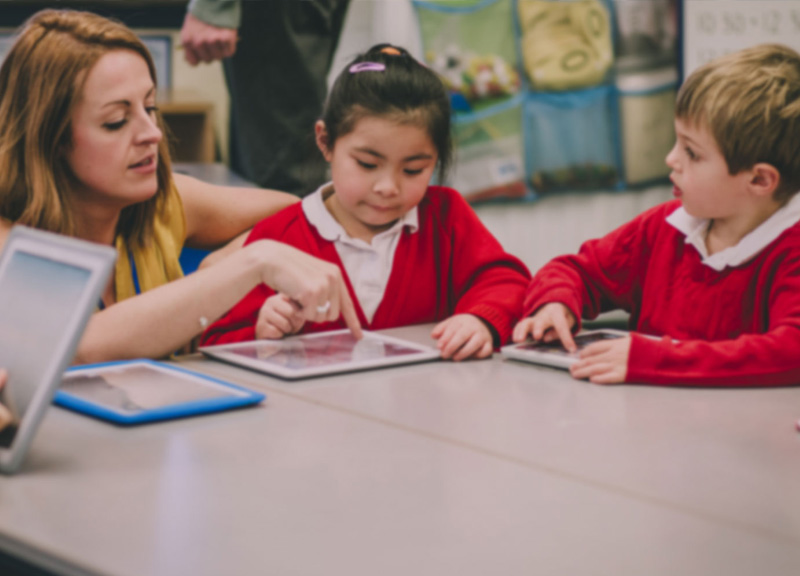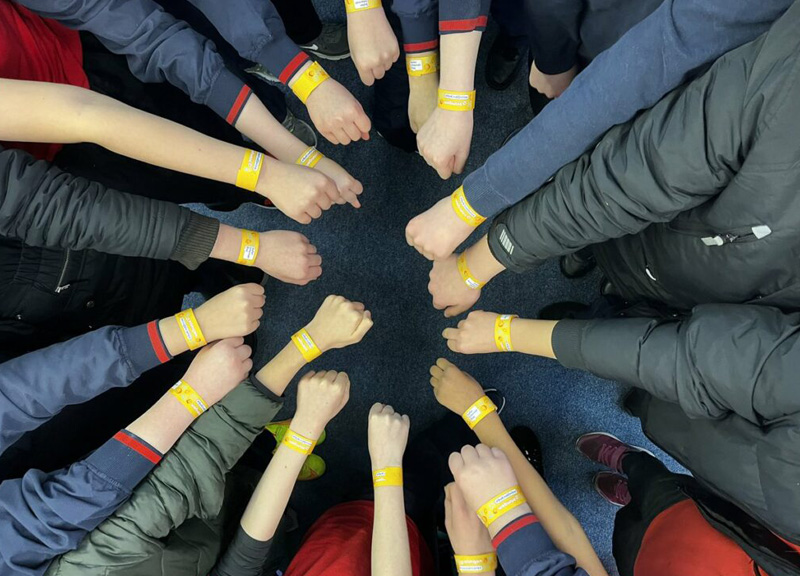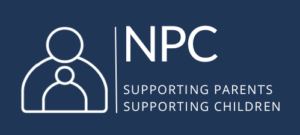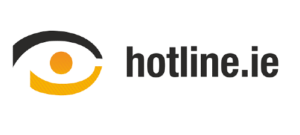Be in Ctrl PowerPoint
- +Slide 1
- Title Slide
- +Slide 2
- Slide 2 – Online Sexual Coercion and Extortion
Today’s lesson will focus on the online sexual coercion and
extortion of young people. The purpose of this lesson is
to inform you that this behaviour is a crime and to raise
awareness of how to protect yourself online, where to find
help and support, and to give you Ctrl!This occurs when someone a young person has only met
online asks them to send sexual photos and/or videos or
perform sexual acts via webcam. They threaten to post
the images or videos on the internet or share them with
friends/family if the young person doesn’t send more
images or pay money.This is a crime – it is called online sexual coercion and
extortion.The purpose of this lesson is to recognise this behaviour is
a crime and to raise awareness of how to protect yourself
online and where to find help and support. - +Slide 3
- Slide 3 – Think-Pair-Share Language Activity
Distribute worksheet 1.1 or 1.1a.This activity will allow students to explore the language
surrounding this topic and introduce what is involved in the
crime and how young people are targeted by offenders.
Ask students to complete the worksheet individually, then
share/update their responses with their neighbour.When students have finished this activity, provide feedback
on the correct answers using slides 3-6.Allow students time to update their answers as you show slides 3-6.
- +Slide 4
- Slide 4 – Online Communication
Online communication is how people communicate
with each other using the internet, and includes
email, messaging apps, forums, chat rooms and social
networking sites.Examples include Whatsapp or Facebook Messenger etc.
- +Slide 5
- Slide 5 – Online Sexual Exploitation
Online Sexual Exploitation is when young people are
persuaded or forced to send or post sexual images of
themselves, take part in sexual acts via a webcam or
smartphone, or have sexual conversations by text or online.The person who persuades or forces a young person to do
this may be looking for sexual material or money. - +Slide 6
- Slide 6 – Coercion
Coercion means to persuade someone to do something by
using force or threats.When someone a young person has only met online has
sexual photos/videos of a young person, they may demand
more photos/videos or money, and threaten to post the
images online or share them with friends/family if the
young person doesn’t do as they say. - +Slide 7
- Slide 7 – Extortion
Extortion means to obtain something, especially money
or other property (such as photos/videos), through force
or threats.Someone a young person has only met online threatens
to post sexual images of the young person online
because they want to receive more explicit photos/
videos or they want the young person to pay them money
not to post the images. - +Slide 8
- Slide 8 – Say No! Video
This video tells the story of Anna and George who were
both affected by the crime of online sexual coercion and
extortion.Play the video – running time 10:35.
- +Slide 9
- Slide 9 – Group Discussion Activity
Distribute worksheet 1.2 or 1.2a and divide students
into small groups.This activity will allow students to discuss how Anna
and George could have protected themselves online
and highlight how they compromised their safety and
wellbeing. The activity will also encourage students to
discuss where Anna and George could have accessed
help and support. The final question emphasises the
criminality of this behaviour.Ask students to complete the worksheet in their groups and
when they have finished take whole-class feedback.
Ask one group for feedback on how Anna could have
protected herself online, then ask the other groups if they
have anything else to add.
Ask another group for feedback on how George could have
protected himself online, then ask the other groups if they
have anything else to add.Ask another group for feedback on what the key message
from the Gardaí is, then ask the other groups if they have
anything else to add.Provide further feedback on how young people can protect
themselves online and where to access help and support
using slides 9-11. - +Slide 10
- Slide 10 – Protecting Yourself Online
There are simple steps you can take to protect
yourself online:Be In:
No.1 Control – No regrets – Keep control of what you
share online and with whom. A person you only
know online may not be what they claim to be.
Anything you send to someone, post online or do
over a webcam can be saved/recorded without
your knowledge. These images can then be shared
anywhere and with anyone.No.2 Trustworthy – A friend of a friend? Don’t accept
friend requests from someone you don’t know. If
someone online says they are a friend of a friend,exercise caution – it is easy to post fake photos or
stream a fake video, ask your friend if they have
met them in person.No.3 Reality Check – Be aware of your online presence
– think about how your online profile makes you
appear to othersNo.4 Location – Put your safety first – don’t share your
location or meet up with someone you have only
met online. Keep your private stuff private – don’t
share private information such as your address,
phone number or school, and use the maximum
privacy settings on your social media accounts. - +Slide 11
- Slide 11 – Warning Signs
Offenders who want to obtain sexual images or money from
young people will do everything they can to gain your trust
online. Be cautious and look out for these warning signs:— Flattering you and giving you lots of attention,
like suggesting modelling opportunities, or moving
very fast.
— Talking about sex online, sometimes very quickly.
— Asking you to send naked pictures.
— Asking you to move to private chat like WhatsApp or
KIK, or live streaming platforms like Skype.
— Asking you to keep your chat secret.
— Displaying mood swings – taking their flattery away
and becoming nasty or threatening.
— Claiming their webcam is broken – they pretend to be
someone your age and say their webcam isn’t working
so you can’t see them.— It is very easy to fake a webcam feed, just because you
can see someone doesn’t mean it is really them.(Teacher information – KIK messenger is included here
as the Gardaí receive many notifications regarding online
child sexual coercion and extortion from KIK messenger and Chatstep.) - +Slide 12
- Slide 12 – Getting Help and Support
If any young person is experiencing this problem it is
important to look for help and support, they are not alone
and help is available.Talk to a trusted adult in the family or in school.
Talk to a friend you can trust.Call Childline on 1800 66 66 66, text ‘Talk’ to 50100 or chat
online www.childline.ie.If someone is threatening to post or share images don’t
share more images or pay anything.Keep the evidence, don’t delete anything, save messages,
take screenshots and record any details you have.
Stop the communication – block the person and deactivate
your social media account. Don’t delete the account as this
evidence with help the Gardaí.Report the problem to An Garda Síochána – they will
help you and take you seriously. They will deal with it in
confidence without judging you.Optional Activity – Your Life Online
This activity may be suitable for a one hour class.
Divide students into small groups and distribute an A3
whiteboard or paper and markers to each group.
Ask students to design an online post giving advice to
young people. The posts should focus on two areas:
— How to protect yourself online from online sexual
coercion and extortion
— Help and support available if affected by the crime
Allocate each group a social media network (Facebook,
Instagram, Twitter, Snapchat etc.). Encourage students
to customise their posts to the social network they
are allocated by drawing/referencing the logo, adding
#hashtags etc. - +Slide 13
- Slide 13 – Reflection Activity
Distribute worksheet 1.3 or 1.3a.
The reflection activity will allow students to apply the
learning from the lesson to their own lives, give them a ‘To
do list’ to keep themselves safe online and a list of personal
supports they can access when experiencing difficulties.
Ask students to complete the worksheet individually and
emphasise their responses are private and will not be
shared with the class.





